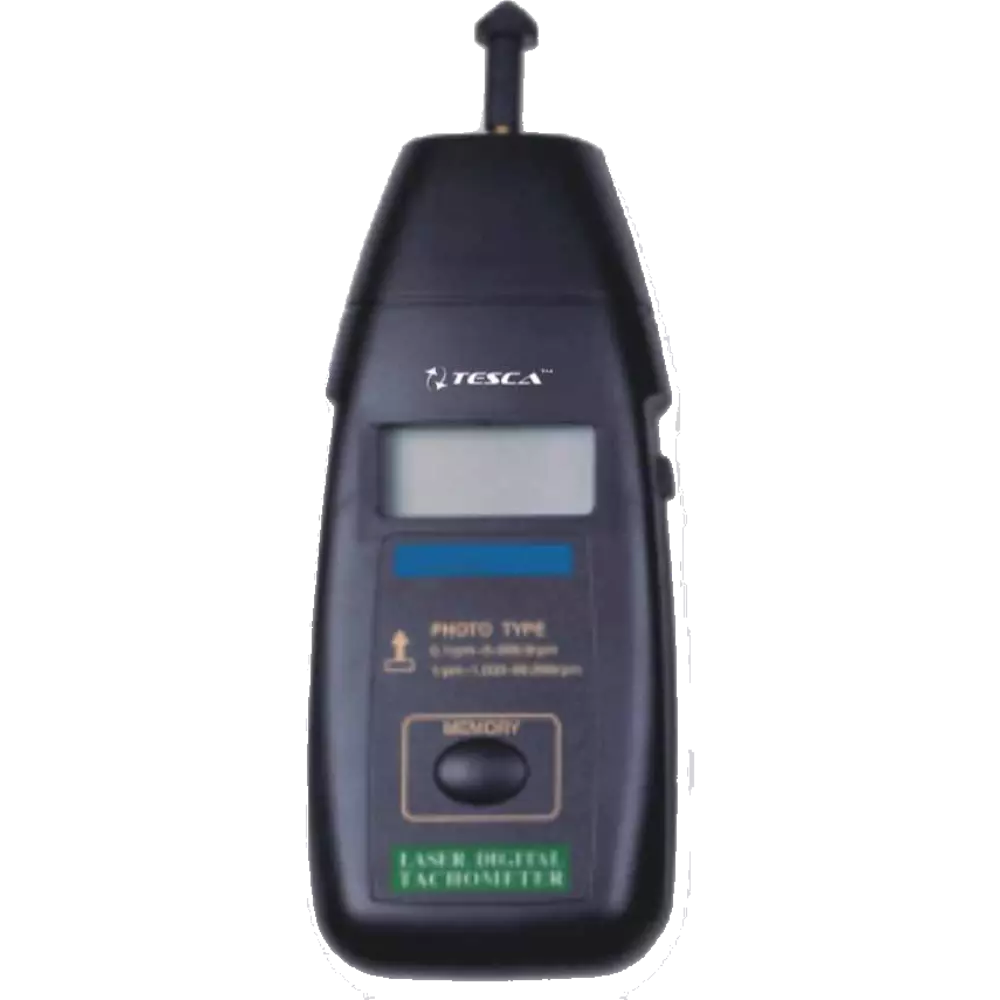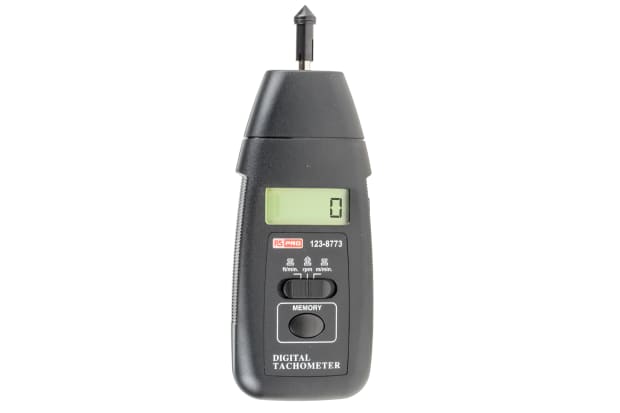Leading Reasons Every Motorist Requirements a High-Quality Tachometer
Leading Reasons Every Motorist Requirements a High-Quality Tachometer
Blog Article
The Value of a Tachometer in Keeping Track Of Engine Rate and Performance in Automotive Applications
In the world of vehicle design, the tachometer stands as an essential tool in the chauffeur's collection, offering a straight window right into the internal workings of an automobile's engine. Beyond its function as a simple gauge of transformations per min (RPM), the tachometer acts as a vital tool for enthusiasts and experts alike, offering real-time insights into engine performance and health and wellness. Recognizing the significance of this gadget goes past surface-level observations, delving right into the detailed relationship between engine speed, power outcome, and overall driving experience. As we explore the diverse function of the tachometer in auto applications, a deeper gratitude for its effect on automobile dynamics and efficiency begins to emerge.
Value of Keeping An Eye On Engine RPM
Keeping track of engine RPM, or changes per minute, is an essential aspect of automotive upkeep and performance evaluation. Engine RPM directly correlates with the speed at which the engine's crankshaft rotates, suggesting how swiftly the engine is running.
Furthermore, keeping an eye on engine RPM is essential for efficiency assessment in racing and high-performance vehicles. In summary, checking engine RPM is not only vital for spotting issues however also for enhancing engine performance in different auto applications.

Benefits of Real-Time Information
In auto applications, real-time information plays a critical duty in offering immediate understandings right into the performance and problem of the automobile. By continuously monitoring different criteria such as engine speed, temperature level, gas usage, and extra, real-time information provides countless advantages that contribute to boosted effectiveness and safety and security on the roadway.
One considerable benefit of real-time information is its ability to sharp chauffeurs and professionals to any kind of anomalies or concerns promptly. This proactive technique enables fast recognition of prospective issues, enabling for prompt interventions to avoid additional damages or malfunctions. Furthermore, real-time data helps with performance optimization by providing prompt feedback on driving routines and engine effectiveness. Motorists can change their behavior in real-time based upon this details to accomplish better fuel economy and prolong the life-span of their automobile.

Moreover, real-time data plays an essential role in modern automobile diagnostics, enabling professionals to rapidly detect and address malfunctions. This brings about lowered downtime, lower maintenance prices, and ultimately, enhanced total lorry integrity and durability (tachometer). By utilizing the power of real-time information, auto stakeholders can make informed choices that click for info favorably affect both the efficiency and longevity of the car
Influence on Equipment Shifts
Efficient gear shifts in automobile applications significantly influence general efficiency and driving experience. The tachometer plays a crucial role in optimizing gear shifts by providing real-time engine speed data to the chauffeur. When approaching the redline on the tachometer, it indicates the motorist to upshift to protect against over-revving the engine and creating possible damage. On the other hand, downshifting at the right moment can help keep the engine in its power band, guaranteeing responsive acceleration when required.
Moreover, the tachometer help in attaining smoother equipment changes, specifically in hands-on transmissions. By keeping an eye on engine speed, drivers can execute equipment shifts at the optimal RPM variety, reducing snagging motions and minimizing endure the transmission elements. This precision in gear changes not only boosts driving comfort but additionally adds to fuel performance.
Enhancing Fuel Performance
Offered the important function the tachometer plays in optimizing equipment shifts for efficiency and engine health and wellness, it directly adds to making the most of gas effectiveness in automotive applications. By giving real-time comments on redirected here engine rate, the tachometer helps drivers in keeping the most reliable RPM range for gas economic climate. When vehicle drivers constantly monitor the tachometer and change their driving practices as necessary, they can prevent unneeded fuel usage caused by over-revving or hauling the engine.
Additionally, the tachometer aids chauffeurs recognize the most fuel-efficient equipment to be in at any kind of given moment, stopping the engine from functioning harder than required. This is especially vital throughout velocity and travelling, where being in the ideal gear can substantially influence fuel effectiveness. In addition, the tachometer can notify motorists to possible mechanical issues that could be negatively impacting gas economy, such as a slipping clutch or a stopped up air filter. To conclude, the tachometer serves as an important device in boosting gas performance by advertising optimum driving practices and identifying areas for improvement in the car's performance.

Making The Most Of Engine Longevity
The tachometer's duty in keeping track of engine rate and efficiency is crucial in guaranteeing the long life of vehicle engines. Monitoring the tachometer enables vehicle drivers to stay within the advised RPM range for their vehicle, protecting against unnecessary stress on the more tips here engine and expanding its life expectancy.

Verdict
In conclusion, the tachometer plays an important function in keeping track of engine rate and performance in vehicle applications. By providing real-time data on RPM, it permits reliable gear changes, improved gas effectiveness, and optimized engine durability. This device is crucial for preserving optimum engine efficiency and making certain the overall functionality of a car.
Report this page